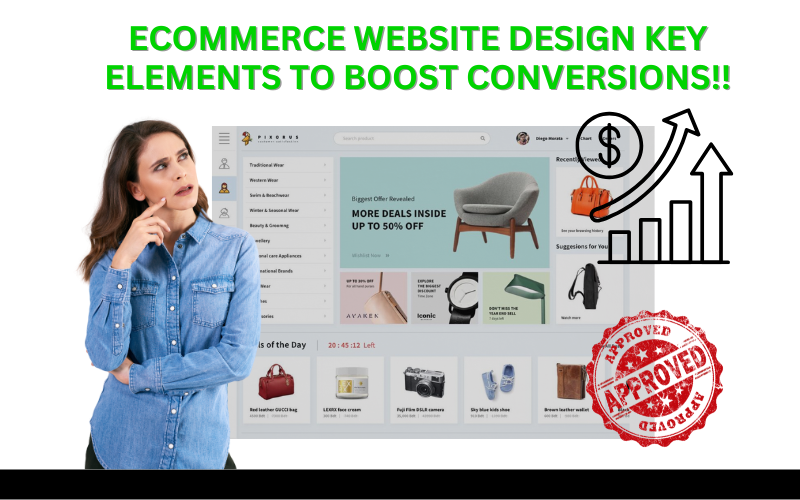Creating an effective ecommerce website design is crucial for any online business looking to stand out in a competitive market. A well-designed site not only captures attention but also enhances the user experience, driving higher conversions and customer satisfaction.
In this guide, we’ll explore 15 key elements that every ecommerce website needs to succeed, from responsive design and site speed to optimizing product pages and checkout processes. Whether you’re building a new store or refining an existing one, these strategies will help boost your online performance and sales.
Table of Contents
1. User Experience (UX)
User experience is at the heart of successful ecommerce website design. A user-friendly interface ensures that visitors can easily navigate your site and find what they’re looking for. This includes intuitive menus, well-organized categories, and an easy-to-use search function. A great UX also means minimizing friction points such as long forms or complicated checkout processes.
Best practices:
- Make your navigation simple and accessible.
- Use clear CTAs (Calls to Action) throughout the user journey.
- Implement breadcrumb navigation to help users track their progress.
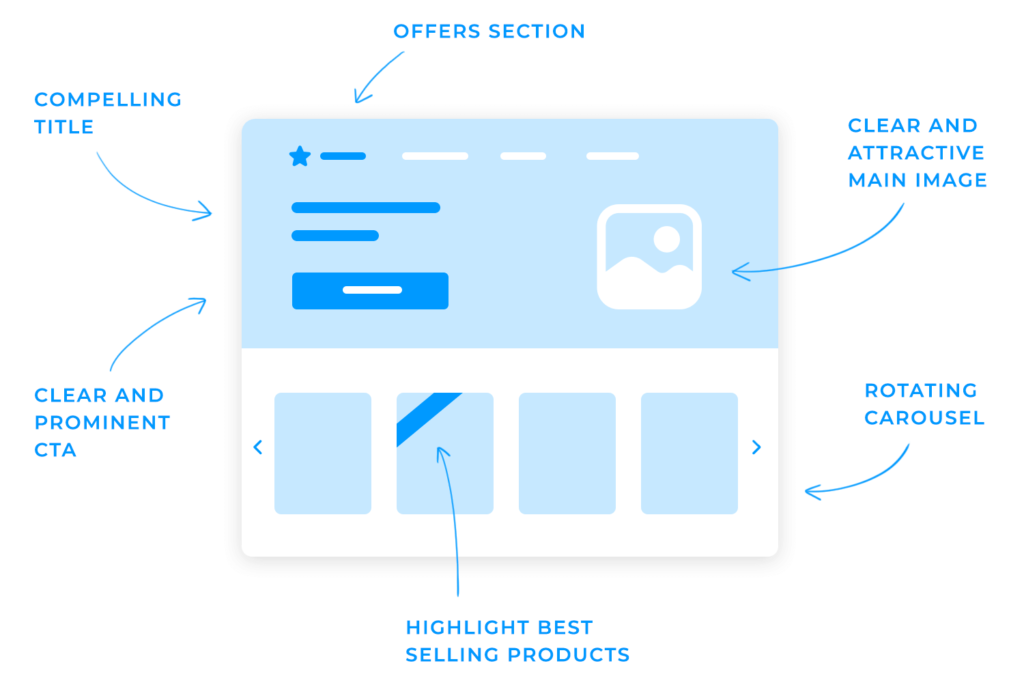
2. Responsive Design
With mobile traffic accounting for more than half of all web visits, responsive design is non-negotiable. Your ecommerce website should adapt seamlessly to any device—desktop, tablet, or mobile—without compromising the user experience. Google also prioritizes mobile-first indexing, which means a mobile-optimized site helps with SEO rankings.
Best practices:
- Ensure product pages and checkout flows are optimized for mobile users.
- Use scalable images and flexible layouts that work across devices.
- Test your website’s responsiveness on various screen sizes.

3. Site Speed and Performance
Site speed can make or break your ecommerce site’s success. Studies show that 53% of users abandon a page if it takes longer than 3 seconds to load. A slow website not only frustrates customers but also negatively affects your Google rankings. Tools like Google PageSpeed Insights can help you analyze and optimize your site’s speed.
Best practices:
- Compress images and reduce their size without compromising quality.
- Minimize the use of heavy scripts and plugins that can slow down your site.
- Enable browser caching to load previously visited pages faster.
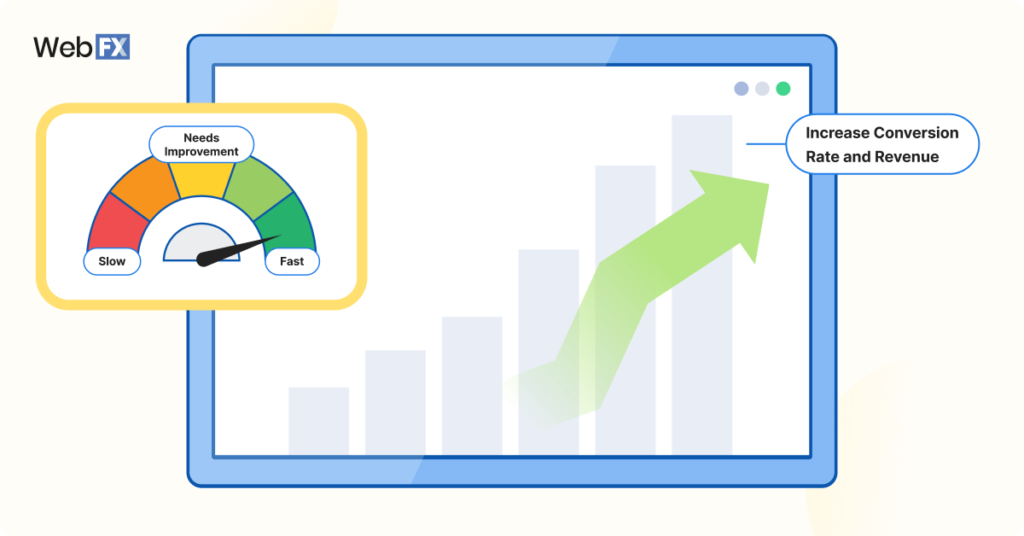
4. Aesthetic and Visual Design
Your ecommerce website’s visual appeal is crucial for making a good first impression. A cluttered or outdated design can turn users away before they even explore your products.
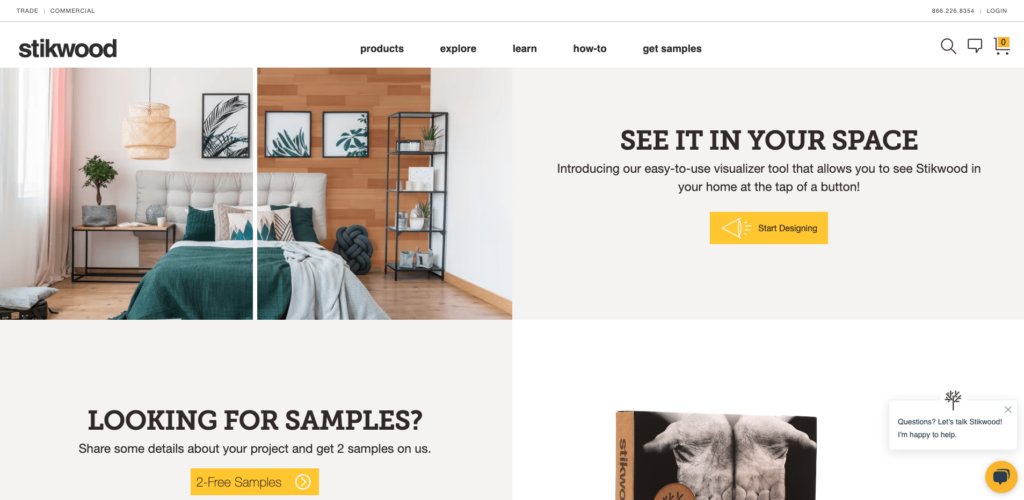
A clean, modern design that reflects your brand’s identity will engage visitors and encourage them to stay longer on your site.
Best practices:
- Use a cohesive color scheme that reflects your brand.
- Limit the number of fonts and stick to legible, professional typography.
- Make use of white space to create a balanced, uncluttered look.
5. Clear Product Pages and Descriptions
Your product pages are where conversions happen, so they need to be designed for clarity and engagement. High-quality images, detailed descriptions, and visible calls-to-action (CTAs) are key to encouraging customers to make a purchase.
Best practices:
- Use high-resolution images with zoom functionality to allow customers to inspect products closely.
- Write clear, concise product descriptions highlighting features, benefits, and specifications.
- Display customer reviews and ratings to build trust.
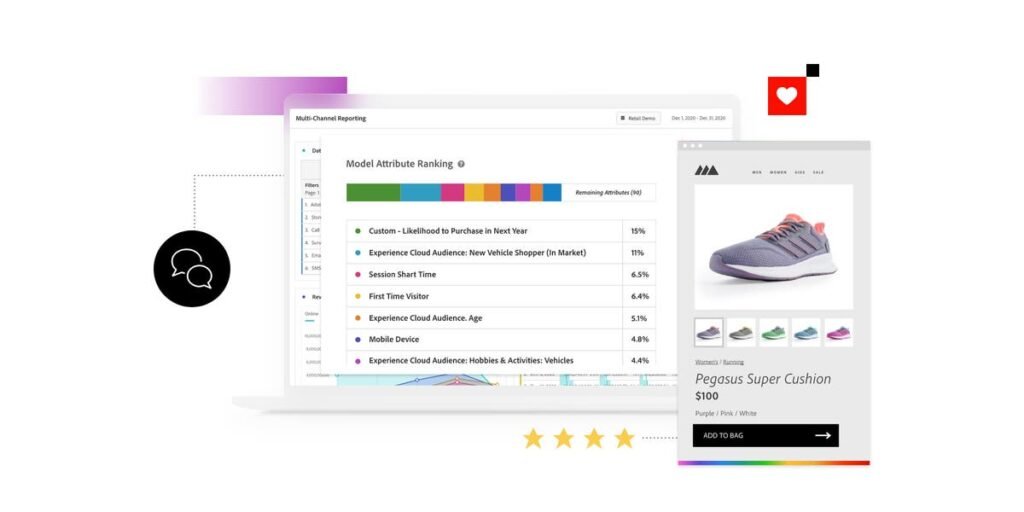
6. Easy Checkout Process
A complicated checkout process is one of the main reasons for cart abandonment. To maximize conversions, you need to ensure your checkout process is smooth, fast, and secure.
Best practices:
- Offer guest checkout to avoid forcing users to create an account.
- Use progress indicators during checkout to show how close the user is to completing their purchase.
- Minimize the number of form fields and steps required to complete the checkout process.
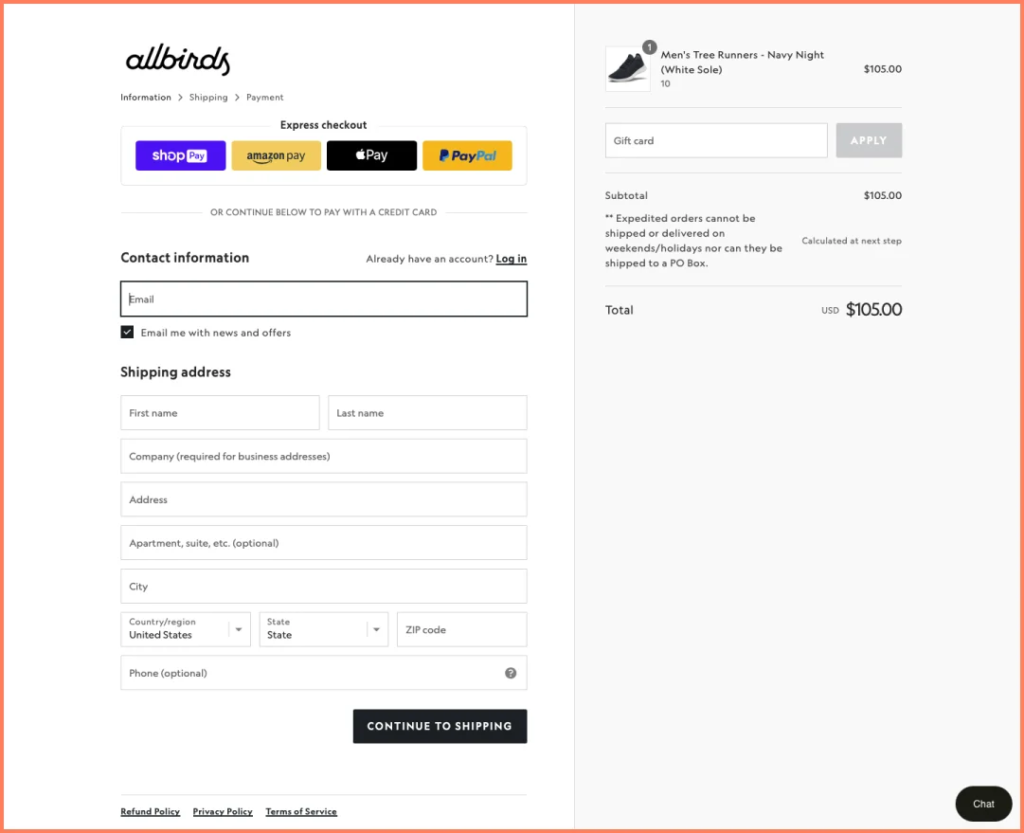
7. Trust Signals and Security Features
Online shoppers are concerned about the safety of their personal and financial information. Building trust with your customers by displaying security badges, trust seals, and SSL certificates can significantly increase conversion rates.
Best practices:
- Display SSL certificates and use HTTPS to secure transactions.
- Add trust badges from payment providers and cybersecurity companies.
- Include customer reviews, testimonials, and return policies to build credibility.
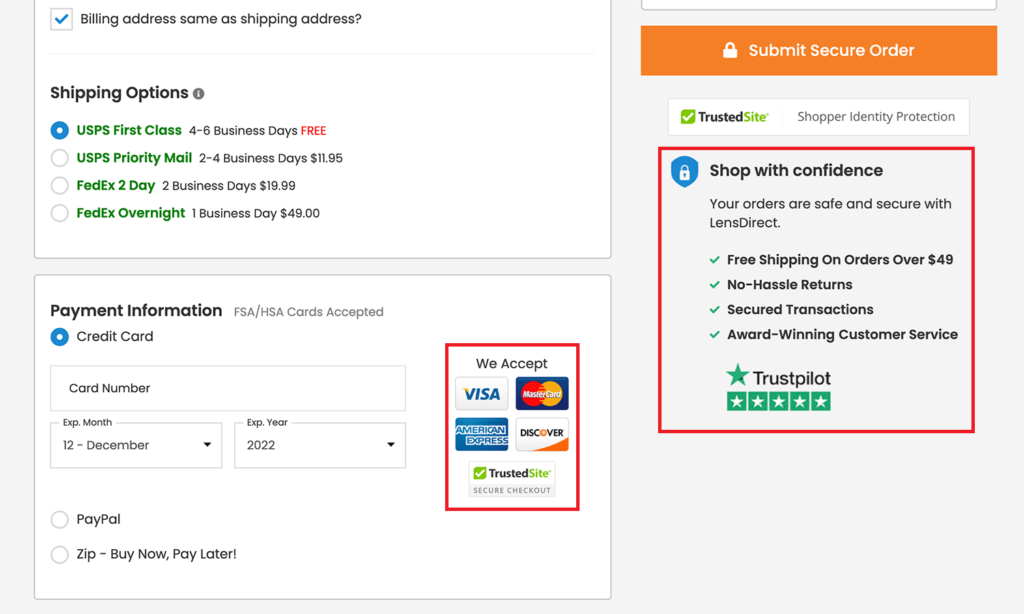
8. SEO Optimization for Ecommerce Sites
To drive traffic to your ecommerce site, it’s essential to incorporate SEO best practices into your design. This includes optimizing product titles, descriptions, and images with relevant keywords, as well as ensuring a well-structured site architecture.
Best practices:
- Use descriptive, keyword-rich URLs for product pages.
- Optimize meta titles and descriptions for search engines.
- Implement internal linking to help with site navigation and SEO.
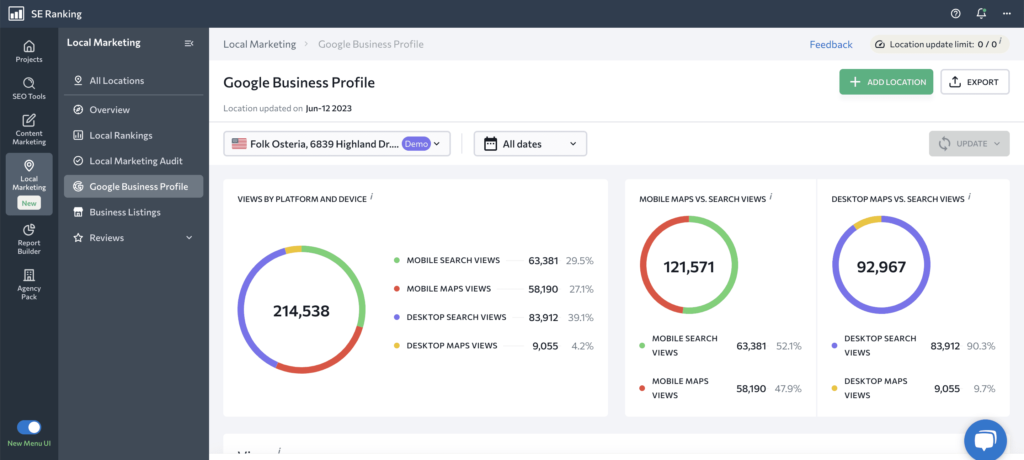
9. Product Search and Filters
An effective search and filtering system can significantly enhance the shopping experience on your ecommerce site. Users want to find products quickly and with minimal effort.
Best practices:
- Use an autocomplete search function to help users find products faster.
- Implement filters for categories, price, size, color, and other relevant attributes.
- Ensure your search results are relevant and sorted based on user preferences.
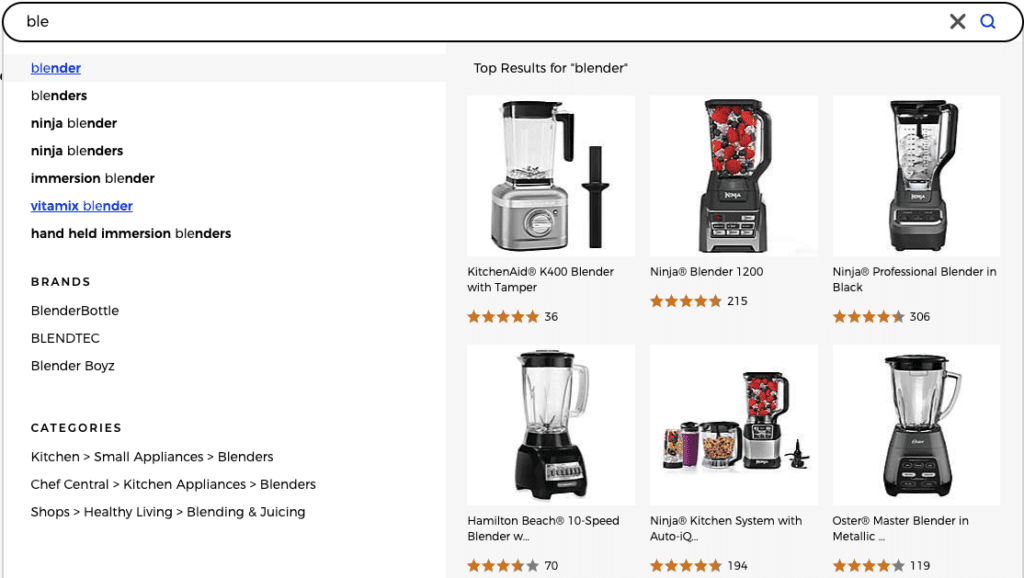
10. Content and Branding
A successful ecommerce website is more than just a collection of products. It should tell the story of your brand, showcasing its values, mission, and personality. Integrating high-quality content such as blogs, videos, and tutorials can add value and improve SEO.
Best practices:
- Create a blog with articles that relate to your products or industry.
- Add videos showcasing product use cases, testimonials, or tutorials.
- Use consistent branding elements like your logo, colors, and tone of voice throughout the site.
11. Product Reviews and Social Proof
Displaying customer reviews and ratings is an excellent way to build trust and credibility with new visitors. Social proof is a powerful motivator for buyers who are on the fence about purchasing a product.
Best practices:
- Show user-generated content such as photos and videos in reviews.
- Feature a star rating system prominently on product pages.
- Encourage customers to leave reviews with post-purchase emails.
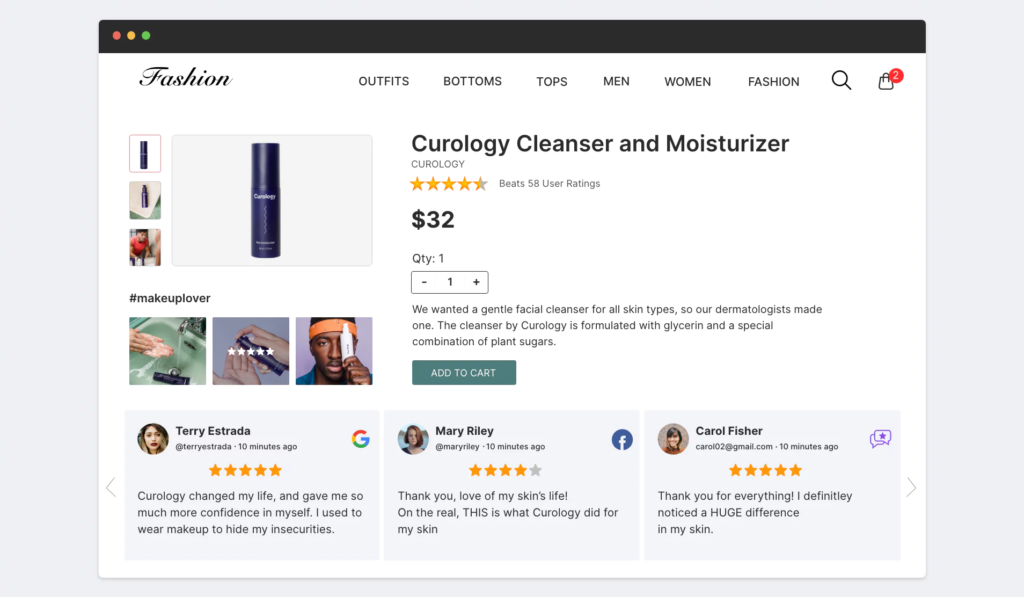
12. Third-Party Integrations
Integrating third-party tools and plugins can enhance the functionality of your ecommerce website. These might include payment gateways, email marketing tools, and customer service chatbots.
Best practices:
- Choose integrations that work seamlessly with your ecommerce platform.
- Implement abandoned cart recovery tools to bring users back to your site.
- Use CRM integrations to manage customer relationships and improve personalization.
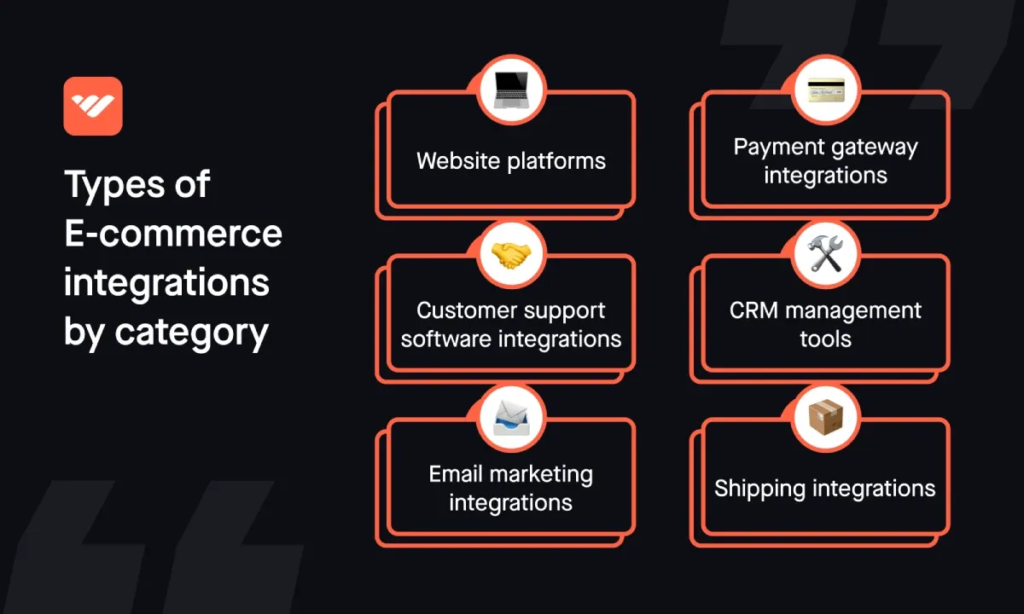
13. Site Search Engine Performance
Make sure your ecommerce platform is optimized for search engines. Your website’s structure, sitemap, and load time can impact how well it ranks on Google.
Best practices:
- Use search-friendly URLs, headers, and meta tags.
- Ensure your ecommerce site is regularly updated and indexed by search engines.
- Provide an easy-to-navigate sitemap to aid in SEO.
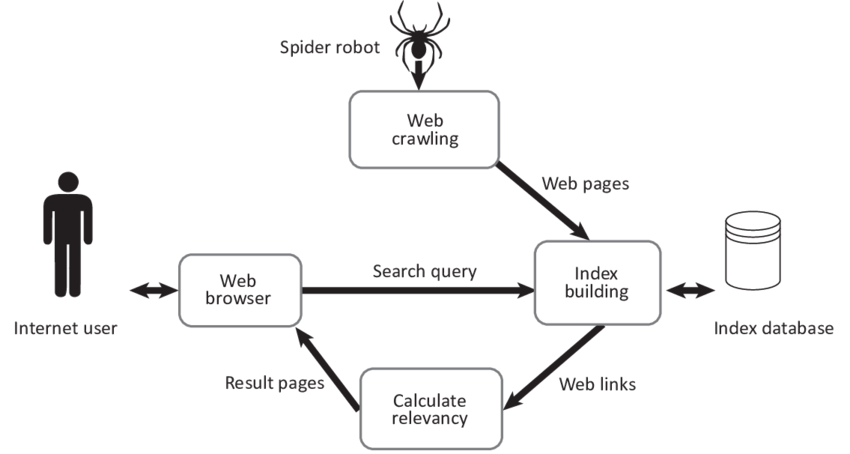
14. Customer Support Features
Effective customer support can set your ecommerce store apart from the competition. Features like live chat, FAQs, and help centers make it easy for customers to get assistance without leaving the site.
Best practices:
- Offer 24/7 live chat or AI chatbots to assist with common queries.
- Add an FAQ page for common customer concerns.
- Integrate a ticketing system for more complex issues.
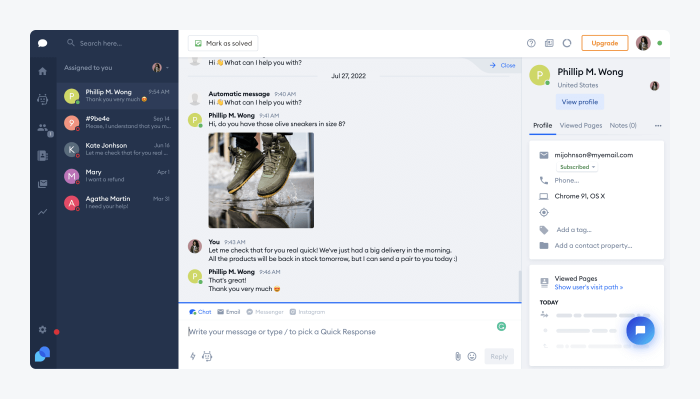
15. Scalability and Flexibility
As your ecommerce business grows, your website should be able to scale with it. This means having a platform that can handle increased traffic, new product categories, and additional features without compromising performance.
Best practices:
- Choose an ecommerce platform that allows for easy scalability (e.g., Shopify, WooCommerce).
- Ensure your site’s architecture can accommodate future expansions.
- Use flexible design templates that can be updated as needed.
Conclusion
Designing a high-performing ecommerce website requires a blend of functionality, user experience, and aesthetics. By implementing the 15 key elements outlined in this guide, you can create an ecommerce site that not only looks great but also drives conversions and provides a seamless experience for your customers.
From ensuring your site is mobile-friendly and fast-loading, to optimizing product pages and simplifying the checkout process, each component plays a vital role in boosting your online sales.
Remember, a successful ecommerce website is more than just a digital storefront—it’s a strategic asset that helps build trust, foster loyalty, and grow your brand. By focusing on user experience, SEO, and performance, you can create an ecommerce site that stands out in a competitive market and delivers the results your business needs.
Take the time to refine your design, continuously test, and make improvements based on user feedback. In the long run, these efforts will pay off in increased conversions, satisfied customers, and a thriving online store.
Affiliate Disclaimer: Some of the links in this article are affiliate links, which means I may earn a commission if you click on the link and make a purchase. Please note that I only recommend products or services that I genuinely believe in and have personally experienced. Your purchase helps support my work in providing valuable content to readers like you. Thank you for your support!

